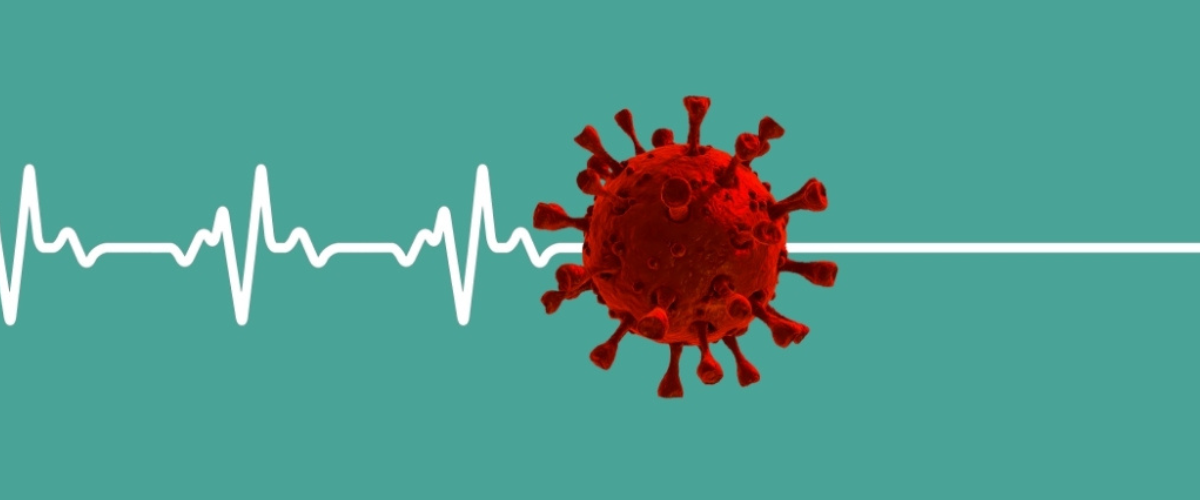| Last updated on November 20, 2023
If you’ve worked in healthcare in the past few years, you know that patient centered care has taken center stage when it comes to both the discussions and innovations around the quality and provision of healthcare.
However, with recent pressures and demands on the system and healthcare professionals themselves - including the rise of healthcare provider burnout and turnover - patient centered care is crumbling.
Increased wait times, delayed surgeries, hallway medicine, increased infections and poor outcomes are only just some of the side effects of the evolving healthcare crisis.
Yet, amongst reduced resources and increased admissions, healthcare leaders need to keep patient centered care in focus as we work on building a more resilient health system at both the administrative and frontline levels.
Read on to re-examine what it means to be truly patient centered and how this approach to care can remain intact amongst today’s strain on the system.
What is patient and family centered care?
Patient and family centered care is an approach to partnering with patients and their families to co-create care plans and deliver the provision of care.
It’s a care practice that builds compassionate, respectful and culturally appropriate care responsive to the unique needs, values and preferences of patients and their family members.
Patient centered care sees patients as “whole people” - a person who is part of a family, group and community.
Healthcare providers who practice patient centered care believe that patients are experts in their own lives and that by partnering together, positive and sustainable outcomes can be achieved.
What does patient centered care look like?
Patient centered care comes to life in a number of different ways.
It involves patient advocacy, empowerment and partnership.
First and foremost, patient centered care is an invitation to patients and their family members to be part of the provision of care from co-creating a care plan to discussing discharge plans.
When a patient is involved in making decisions that make sense to them, they are more likely to be effective, leading to more positive patient outcomes.
Patient centered can look like:
- Introducing yourself to the patient and their family members
- Listening to, informing and involving patients in their care
- Ensuring that patient values guide all clinical decisions
- Treating patients with dignity and respect
- Being responsive to patient needs and preferences
- Prioritizing the physical comfort of patients, including pain management
- Working to alleviate fear and anxiety with compassion and education
- Providing accommodations for family and friends as caregivers
- Supporting patients in ongoing access to care via transitions and resources
Patient centered care vs. the dangers of over-nurturing
Patient centered care should never compromise the health and wellbeing of patients and their family members.
While many frontline healthcare providers are innately compassionate and want to put the needs and comforts of patients first, it’s important to draw a line between patient-centeredness and over nurturing.
Over nurturing occurs when frontline providers work to mitigate the pain, discomfort and distress of patients with measures like unnecessary prescription pain medication or delaying the uncomfortable changing of bed linens - leading to negative outcomes.
A classic example is premedicating patients prior to a cringeworthy dressing removal or change.
Yet, with the right patient centered technology - like the option to use gentle silicone based vascular access dressings - over nurturing and premedicating patients is not necessary.
Positive outcomes from practicing patient centered care
In practice, patient centered care is significantly associated with patients’ physical well-being, social well-being and satisfaction with care.
But, what approaches, resources and technology truly uphold the practice of patient centered care vs. amenities that might enhance patient experience but aren’t achieving the underlying goals of patient-centeredness?
In addition to embracing a patient centered care approach, clinicians can begin by looking at the tools and technology used during the provision of care.
For example, do front-line staff have access to diverse medical devices and technology such as different dressing types to be responsive to unique patient needs like sensitive skin or increased risks of infection?
Does the electronic health record of your organization help to integrate care across transitions, departments and beyond discharge?
Are frontline healthcare providers supported with the programs, shift structure and training they need to combat burnout and provide compassionate care?
It’s critical to remember that patient-centered care not only benefits the patients, but health care systems benefit as well via:
- Improved patient satisfaction scores
- Increased frontline morale
- Reduced expenses across the continuum of care
- Enhanced reputation of the organization
As more healthcare organizations and hospitals make investments, decisions and even cutbacks - it’s absolutely critical to consider which patient touch points and interfaces have a meaningful impact vs “nice to have” features and benefits.
References:
TIME - The coming collapse of the U.S. Health Care System
Patient Education and Counseling - Co-creating sensible care plans using shared decision making
Annals of Family Medicine - The Values and Value of Patient-Centered Care

Katherine is Senior Director of the Clinical Affairs Department at Covalon Technologies which works directly with clinician, patient, and caregiver stakeholders to offer innovative compassion-driven solutions.




















